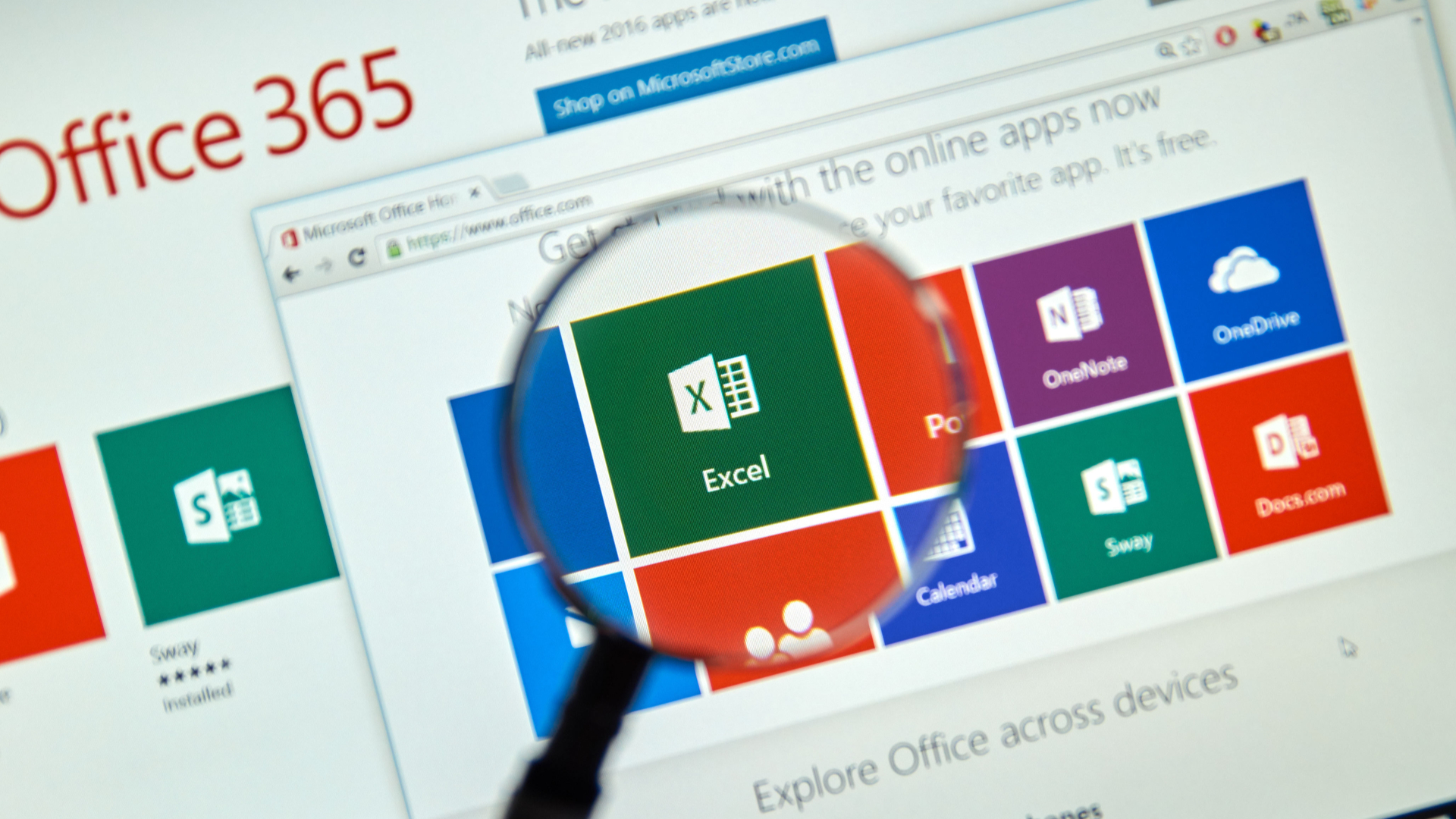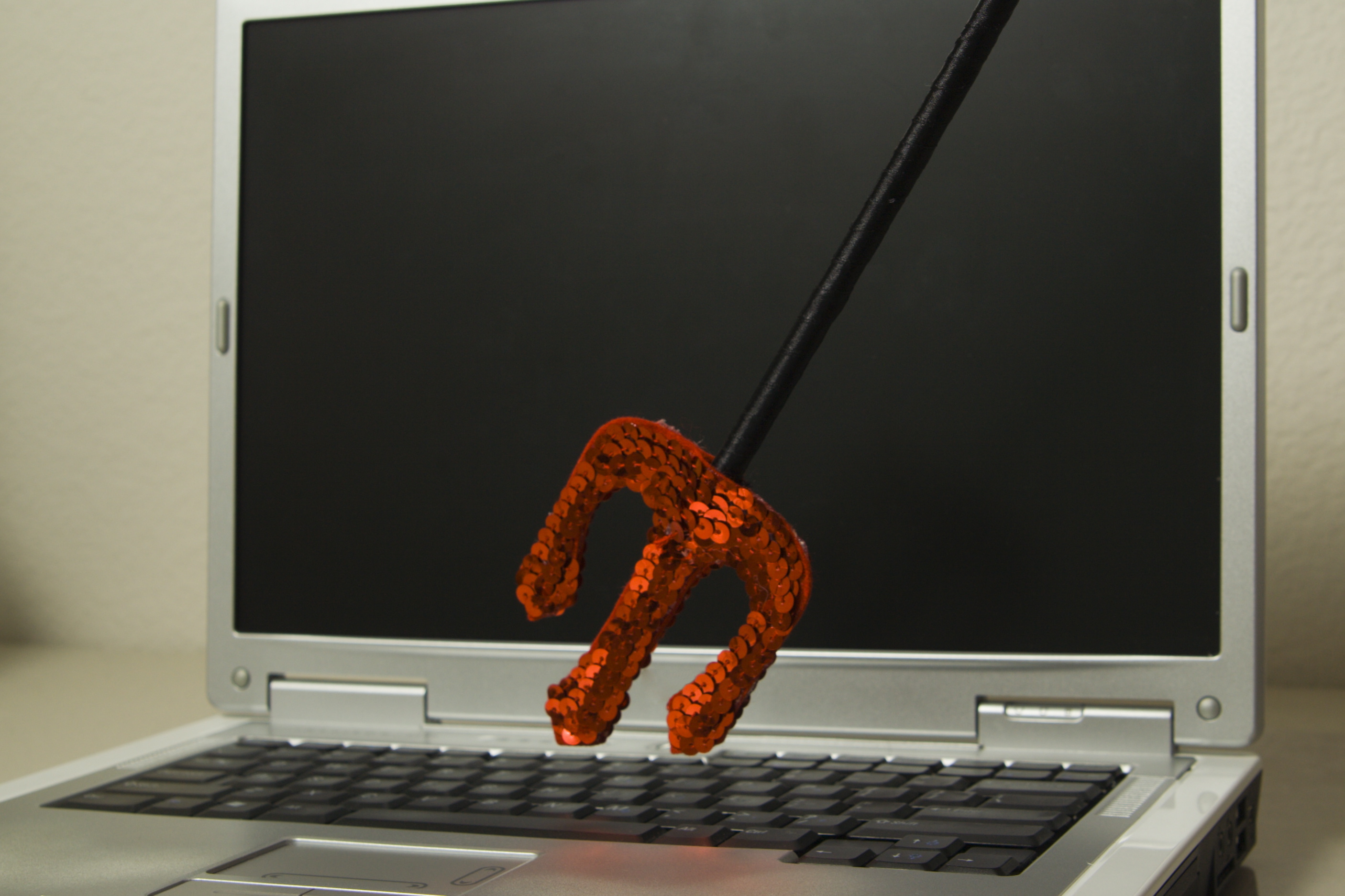Microsoft warns of "massive" phishing campaign using Excel macros
The emails claim to be coronavirus-related, but attachments attempt to hack into PCs and take control

Microsoft has warned of a "massive" phishing campaign that uses coronavirus-themed emails to deliver attachments containing malicious Excel 4.0 macros.
These malware-laced emails, which have the subject line “WHO COVID-19 SITUATION REPORT," claim to come from the Johns Hopkins Center for Health Security, according to Microsoft.
"The COVID-19 themed campaign started on May 12 and has so far used several hundreds of unique attachments,” the company's Security Intelligence team announced in a series of urgent tweets.
Introducing Excel & PowerPivot Microsoft re-issues Excel patch Excel for iPad: Top 11 tips Ann Summers drops Excel for better management
If opened, the email’s attached Excel files will show a security warning and graph purporting to display coronavirus cases in the US. But if they’re allowed to run, the malicious Excel macros will download and run NetSupport Manager, a popular remote access tool that Microsoft’s security team says “is known for being abused by attackers to gain remote access to and run commands on compromised machines.”
The phishing attack then connects to a server that sends commands to the hacked PC.
“For several months now, we’ve been seeing a steady increase in the use of malicious Excel 4.0 macros in malware campaigns,” Microsoft warned. “In April, these Excel 4.0 campaigns jumped on the bandwagon and started using COVID-19 themed lures.”
This is the second time in two months that Microsoft has sounded an alarm about cybercriminals taking advantage of the ongoing coronavirus crisis to trick users into downloading malware onto their devices.
Get the ITPro daily newsletter
Sign up today and you will receive a free copy of our Future Focus 2025 report - the leading guidance on AI, cybersecurity and other IT challenges as per 700+ senior executives
In April, Microsoft’s Security Intelligence team publicly warned of “prolific” hackers using Trickbot malware. Posing as the “USA Volunteer Organization” and the “USA Humanitarian Group,” hackers sent out hundreds of emails purporting to offer free coronavirus medical advice. Instead, those emails aimed to install malware via attachments.
To avoid raising red flags, phishers aren’t putting malicious URLs in emails, Microsoft recently warned on Twitter. “Instead, they leverage legitimate web services or use attachments that contain the link to the phishing site,” the company said.
There are multiple ways to launch a phishing attack, but email has become the platform of choice. It’s incredibly cheap to send messages to thousands of recipients, and at such a scale the scam only needs to fool a handful of victims to be lucrative.
You can avoid falling victim to these attempts by following our 10 quick tips for identifying phishing emails.
-
 Bigger salaries, more burnout: Is the CISO role in crisis?
Bigger salaries, more burnout: Is the CISO role in crisis?In-depth CISOs are more stressed than ever before – but why is this and what can be done?
By Kate O'Flaherty Published
-
 Cheap cyber crime kits can be bought on the dark web for less than $25
Cheap cyber crime kits can be bought on the dark web for less than $25News Research from NordVPN shows phishing kits are now widely available on the dark web and via messaging apps like Telegram, and are often selling for less than $25.
By Emma Woollacott Published
